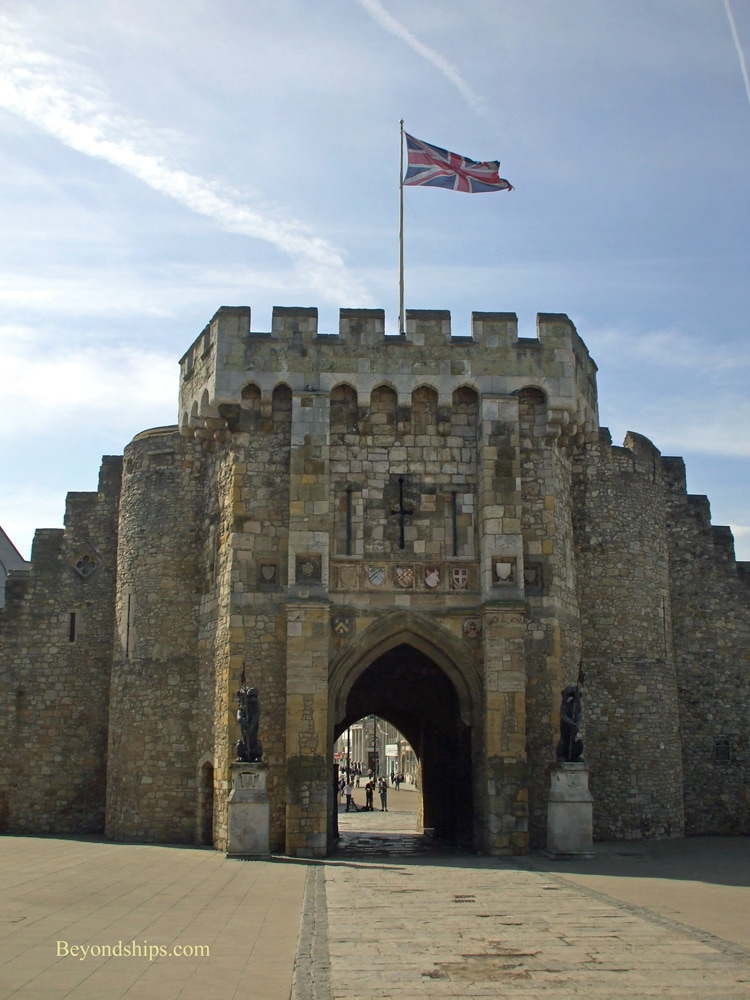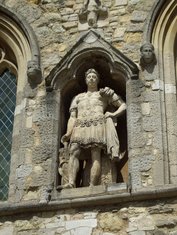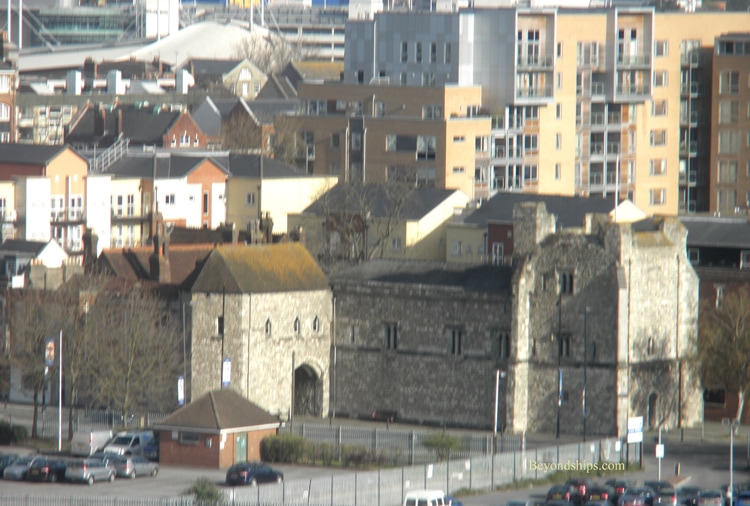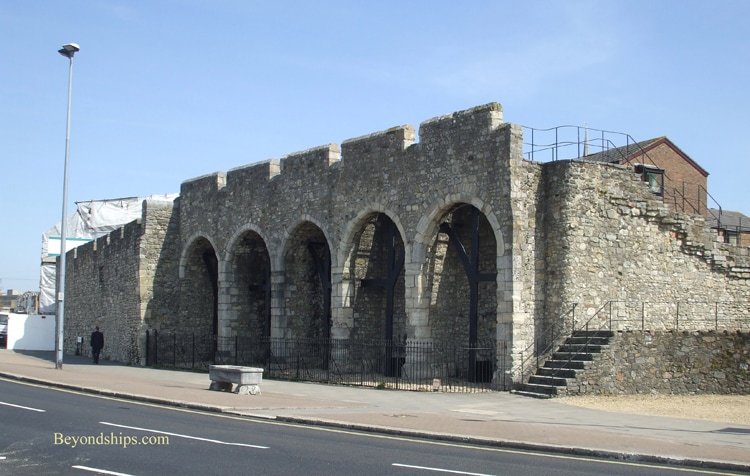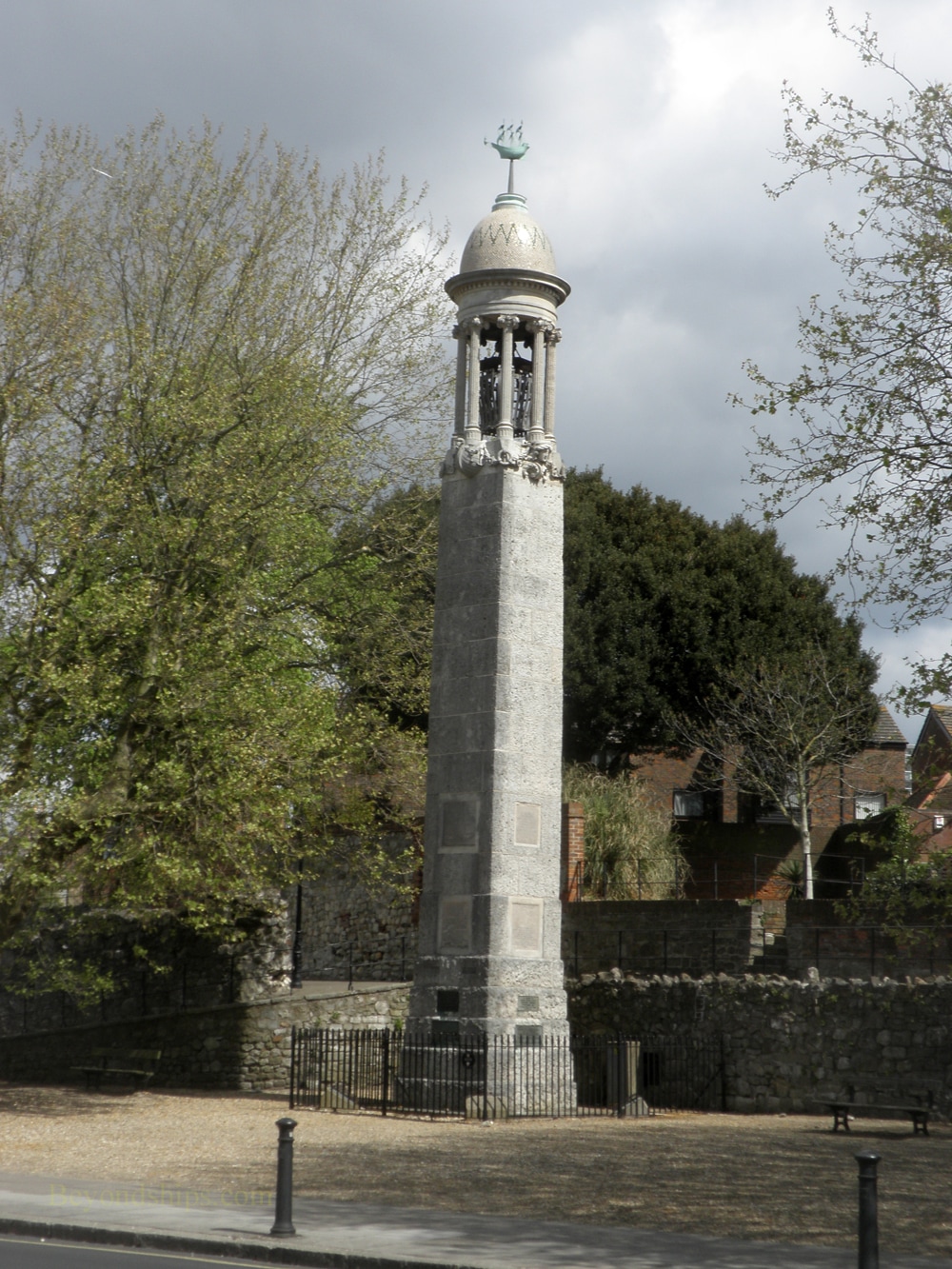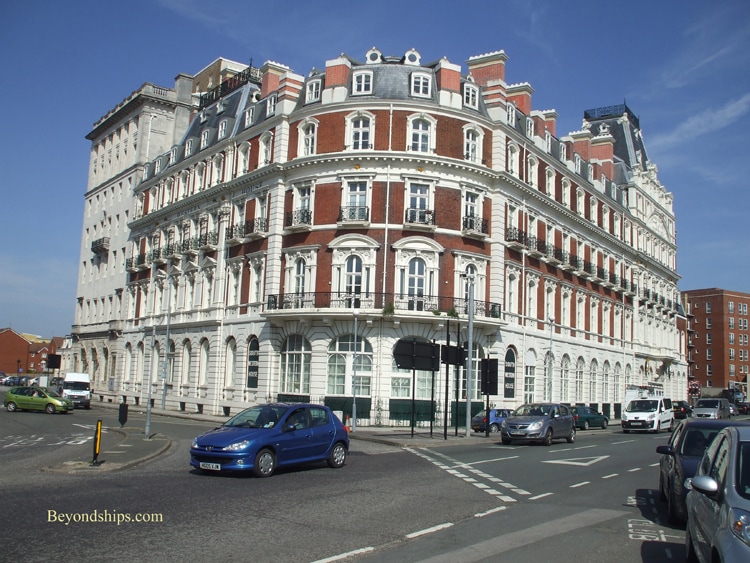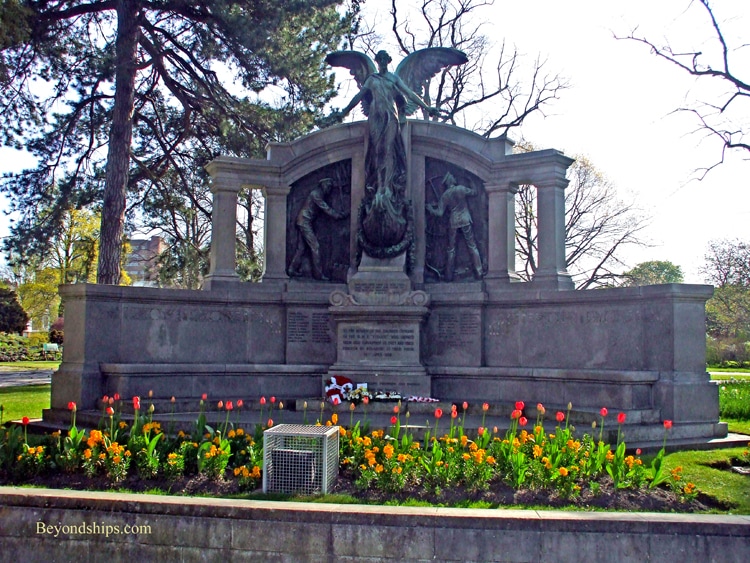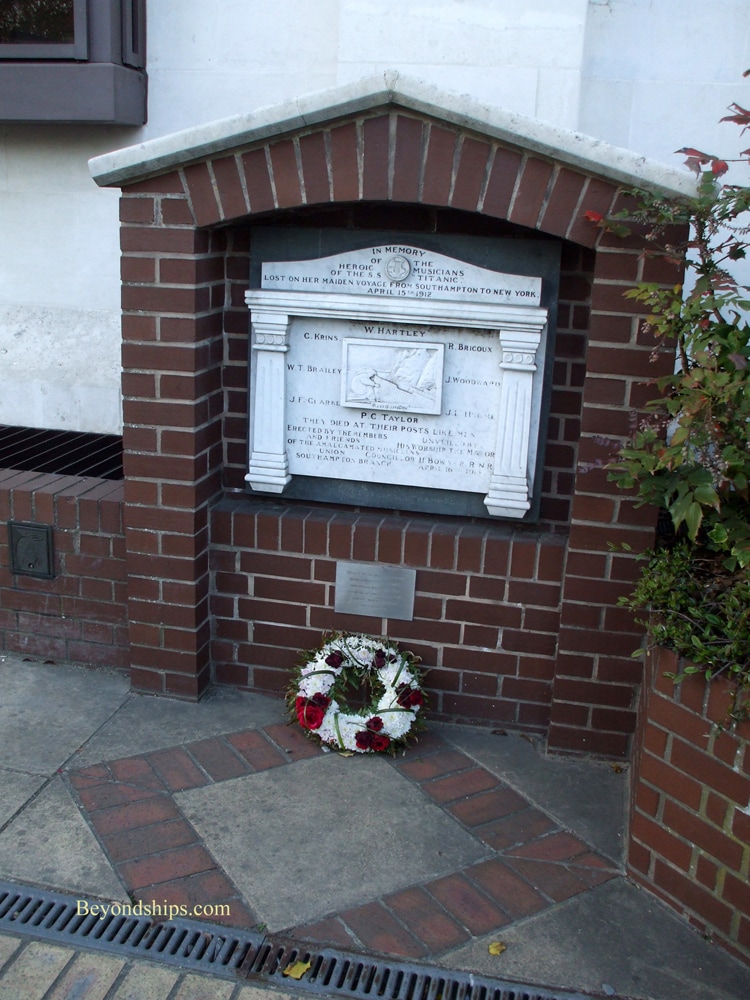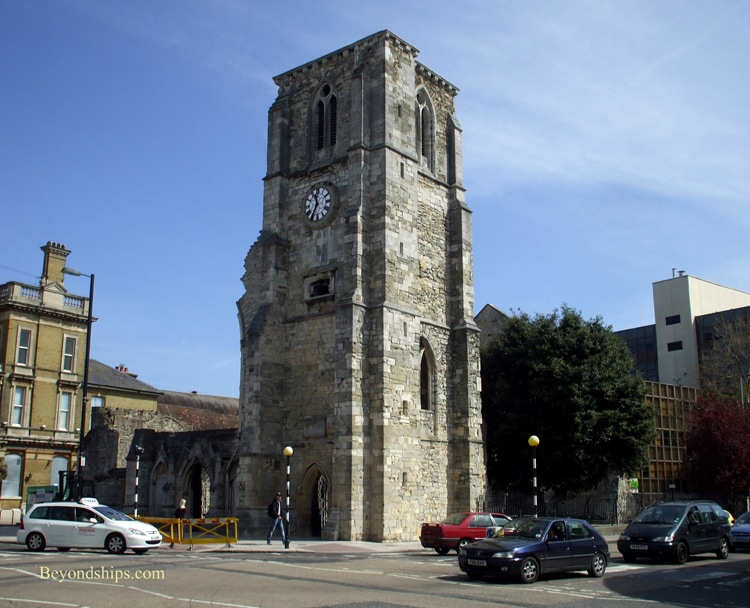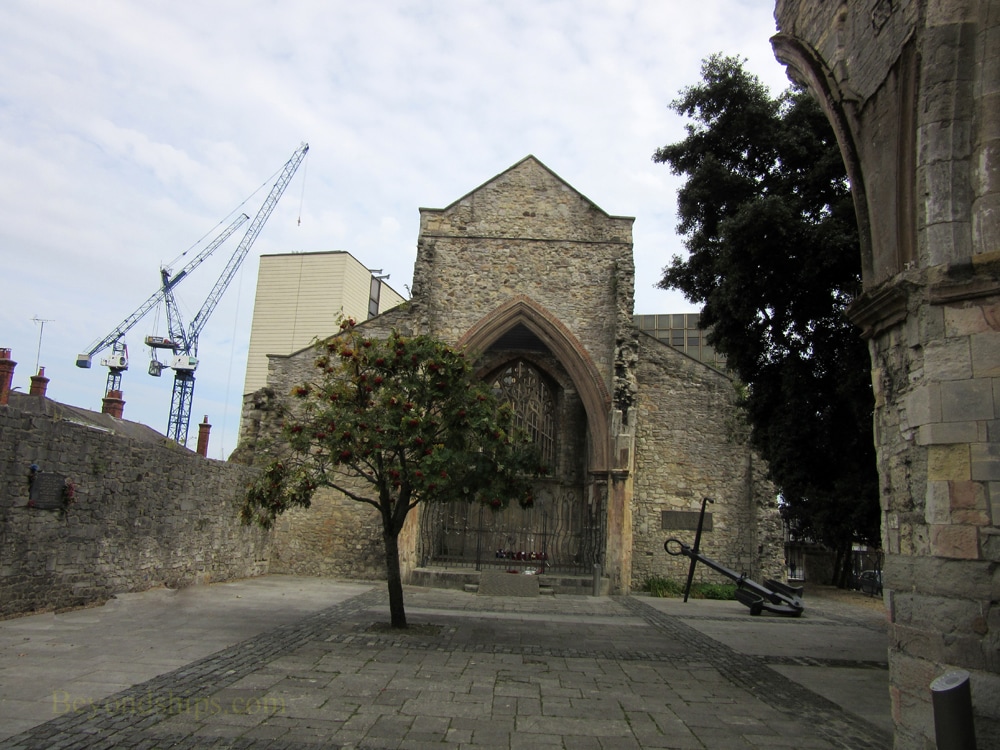Brief History
Above: he ruins of Holyroot Church recall the devastating bombing of Southampton that took place in World War II.
For more about cruising to England:
Click here for our England home page
Click here for our London home page
Click here for our England home page
Click here for our London home page
|
|
|
Cruise destination - England - Southampton - Brief History
